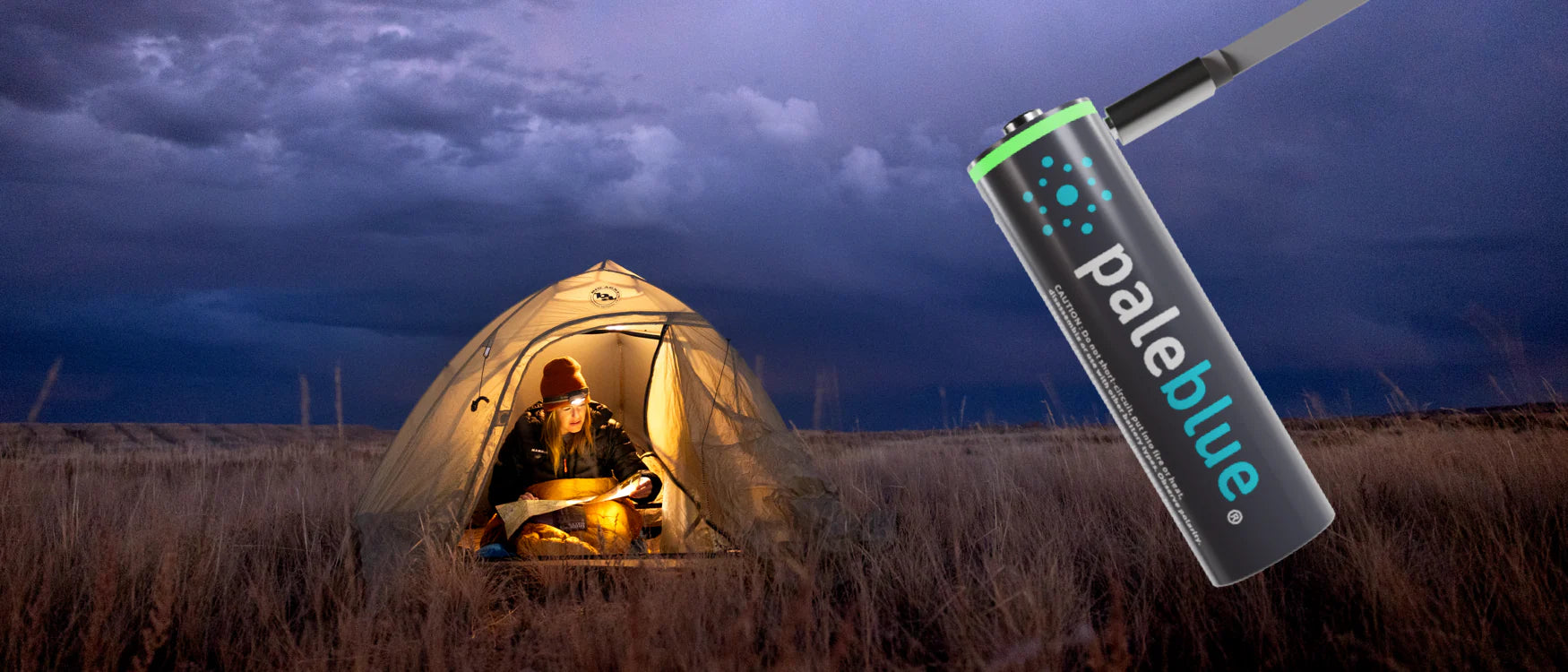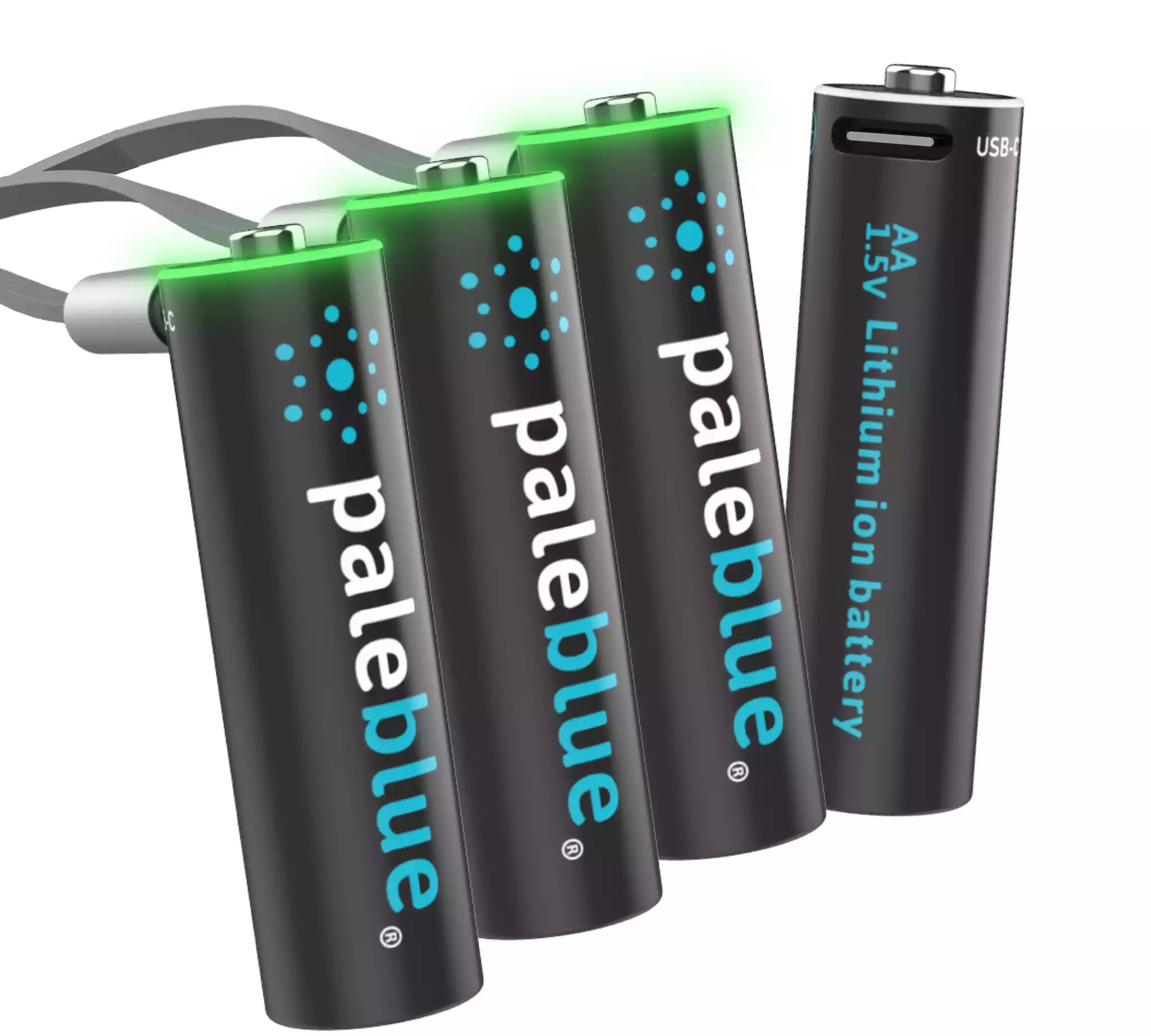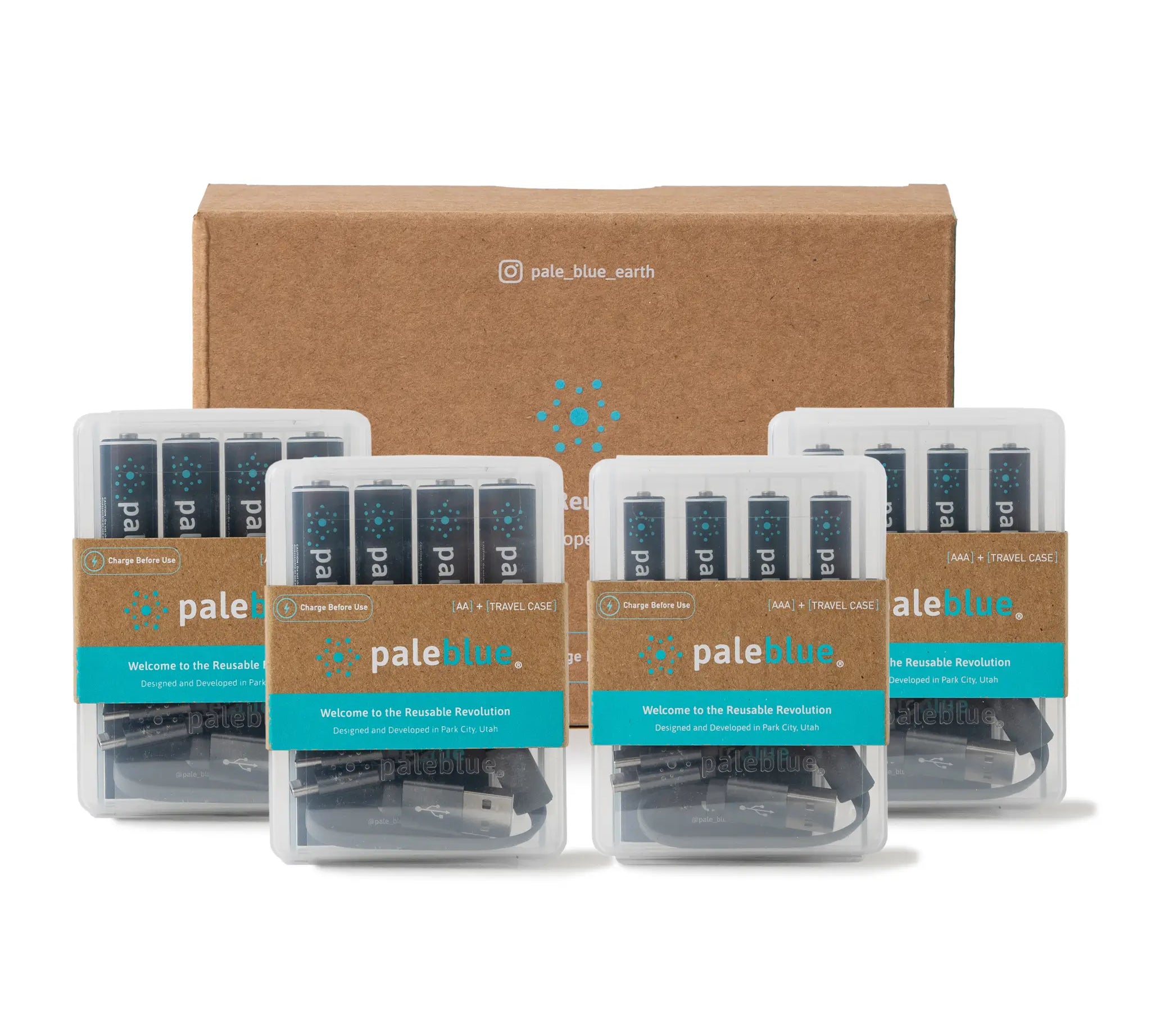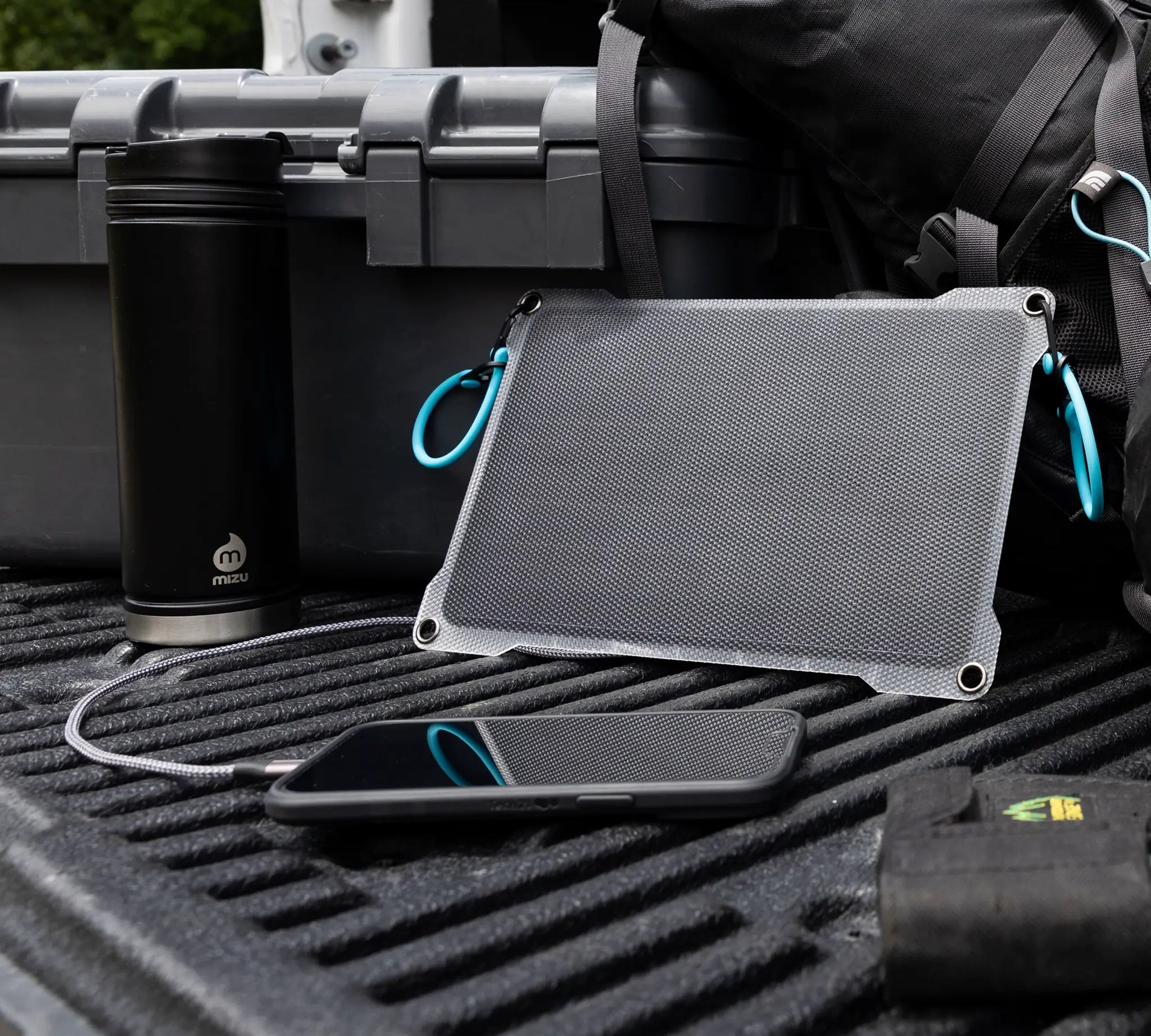Prepping for a Long Power Outage

Power outages can be caused by all kinds of things, from hurricanes to falling tree branches. Some of them are even planned, since utility companies occasionally have to shut down sections of the grid for scheduled maintenance. In most cases, power outages don’t last for days at a time; even if they’re disruptive, they don’t create an emergency situation. However, with 83% of power outages between 2000 and 2021 being related to weather, there’s a potential for longer power outages no matter where you live.
-
Sudden, heavy rainfall can cause flooding and/or mudslides. This can result in short-circuited power systems or downed electric lines; if the flooding is severe enough, it could take several days for the power grid to be restored.
-
High winds, such as the kind produced by tornadoes and hurricanes, can take out huge swathes of the grid in just a few hours. Fortunately, windy conditions usually aren’t caused by an extreme weather event; even if they knock down a few lines, power can often be restored in a matter of hours.
-
Extremely hot conditions make wildfires more likely, which can destroy any part of the power grid that gets in their way. If the wildfire is stopped quickly, though, damage to the grid is minimized.
-
Ice and snow can cause power outages when the buildup overburdens trees, to the point where branches fall on power lines and disrupt connectivity. Unless this issue is widespread over a large area, the interruption is usually over in hours rather than days.
Other causes of power outages include animal activity, traffic accidents, equipment failure, damage from construction workers, or even from members of the public. While power outages lasting more than a few hours may be uncommon for the average person to experience, it’s still best to be prepared. If an outage ends up lasting for days rather than hours, you’ll have to make do with what you have; this is why you should make sure to have everything you need beforehand.
Clean Water is Imperative
During a long power outage, clean water will be even more essential than food (although both are very important). It’s recommended to store a minimum of 1 gallon per person, per day; this is not only for drinking, but also for cooking and basic hygiene. A three-day supply is a good starting point, but having two weeks’ worth of water on hand is best. Don’t forget to store extra for pets, people who are pregnant or sick, or to account for increased water intake due to high temperatures.
If you’ll be filling containers yourself, make sure the water gets replaced every six months. The containers should be made from durable food-grade material, and be thoroughly sanitized before filling.
Store-bought bottled water can be stored for longer than six months; just make sure you pay attention to the expiration date.
Some people stock up on water filters or straw filters that are specially designed for survival situations, camping trips, etc. However, it is not recommended to rely on them during a prolonged power outage, since (under certain circumstances) wastewater or waste from manufacturing plants could leak into groundwater, rivers, lakes, and so on. Most of these types of filters aren’t rated for the toxic chemicals that you could potentially be exposed to, which is why bottled or sanitized water is a much safer bet.
Have Shelf-stable Food
There’s no need to buy specialty items like powdered eggs or powdered milk in order to stock up on non-perishables; in fact, your pantry may already contain some staples that could get you through an extended power outage.
-
Canned goods are an obvious choice, and you may be surprised at the variety of canned goods that are available. Most stores carry a wide array of canned fish, beans, veggies, and fruits – just make sure you have a manual can opener.
-
Dried meats like jerky or meat sticks provide a valuable source of protein, and can be stored for months without refrigeration.
-
Grain-based foods are recommended to keep on hand as well; things like breakfast cereals, crackers, and granola bars are shelf-stable and can be eaten right out of the package.
-
Nuts, nut butters, and dried fruits are also popular options, since they provide both nutrition and variety without requiring any food prep.
-
Shelf-stable milk (or plant milk) is carried by many grocery stores in aseptic boxes.
-
Produce such as apples, citrus, carrots, peppers, onions, celery, and more can last for days without refrigeration.
Once you’ve stocked up on various shelf-stable foods, don’t forget to rotate your supply, especially for items with shorter expiration dates.
The food in your refrigerator will only be kept at a safe temperature of below 40° F for about four hours, but you can still safely consume some of its contents if the power is out for longer than that. These foods include butter, hard cheeses, bread, fresh produce, jelly, and nut butters.
A full freezer will stay frozen for up to 48 hours if it’s left unopened; a half-full freezer will last for about 24 hours.
Rechargeable Batteries are Key
Short power outages that happen after the sun sets aren’t usually that big of a deal; most people just light a few candles, find a flashlight or two that has working batteries, and wait for the power to come back on. This approach won’t work for a longer power outage, though; in that case, you should be prepared with rechargeable batteries.
When it comes to things like water and food, a bit of forethought can temporarily eliminate the need for electricity. However, if you want portable light sources and a reliable means of communication, then rechargeable batteries are a necessity. Candles can work in a pinch, but they’re no good in windy conditions – plus, they simply don’t shed that much light. When powered by rechargeable batteries (such as lithium-ion batteries), a flashlight can provide plenty of light for hours.
Battery-operated radios are another essential if you want to be able to communicate during a widespread power outage. This is often how governmental agencies spread important information as a part of their disaster response, and they’re also good for checking up on people – or helping them check up on you.

Keep your batteries going with solar chargers
Lithium-ion rechargeable batteries are known for their high performance and longevity, but what happens when they run out and you’re still without electricity? Many brands of rechargeable batteries, including Paleblue batteries, can be recharged with a solar charger.
Pro tip: get a solar charger with USB outputs that can be used to charge cell phones, laptops, and other personal devices in addition to batteries. Even if there’s no reliable phone or internet connection, keeping these devices on can help pass the time. Solar chargers are both compact and efficient, and can make all the difference when there’s no alternate source of electricity.







